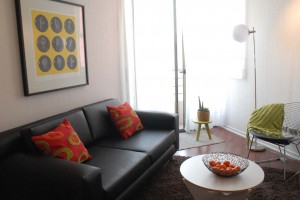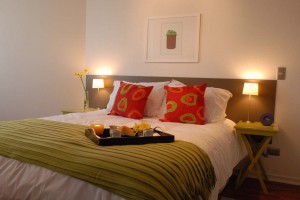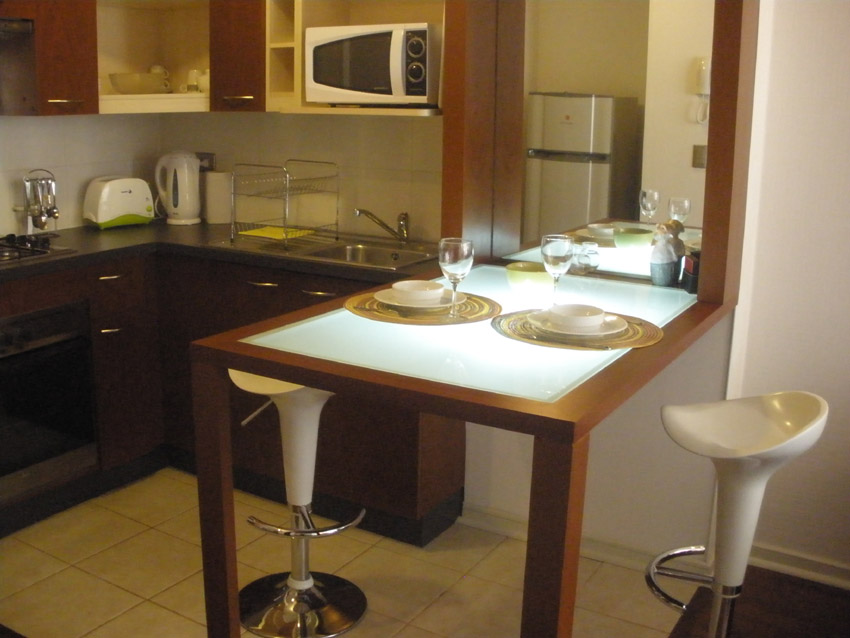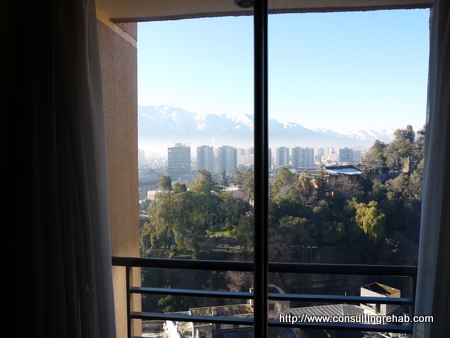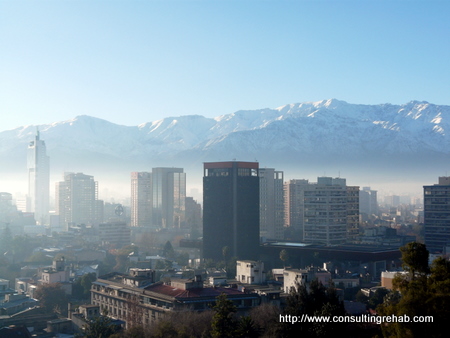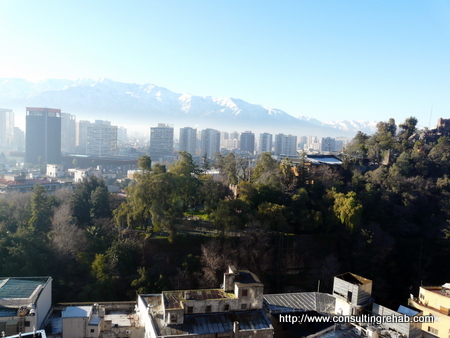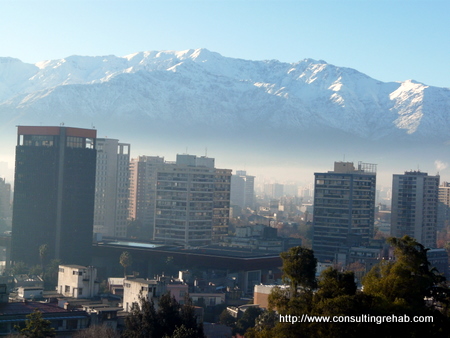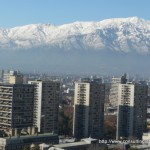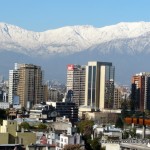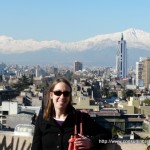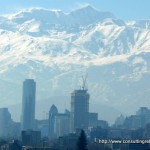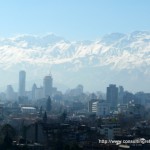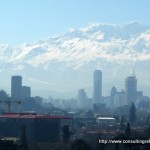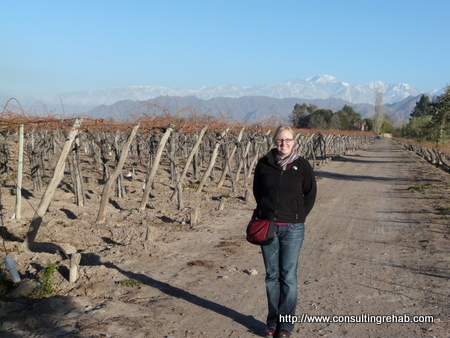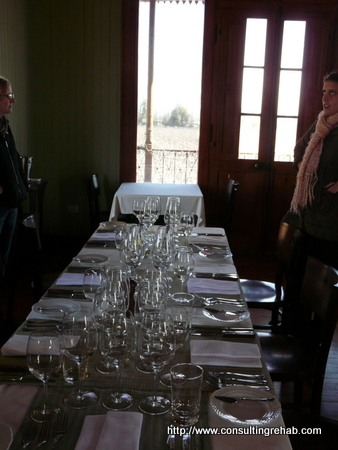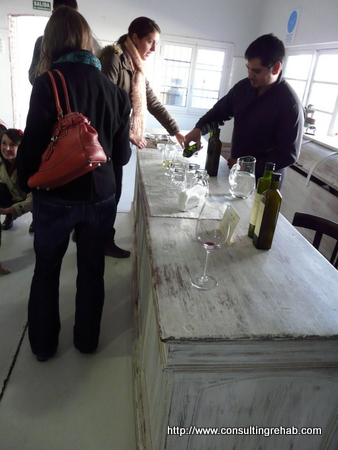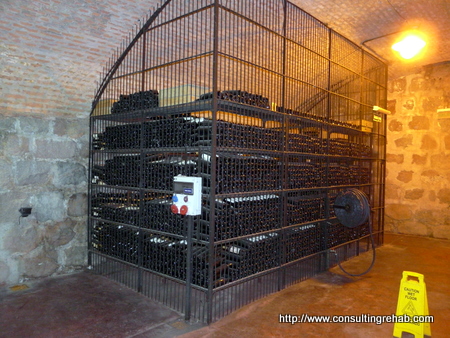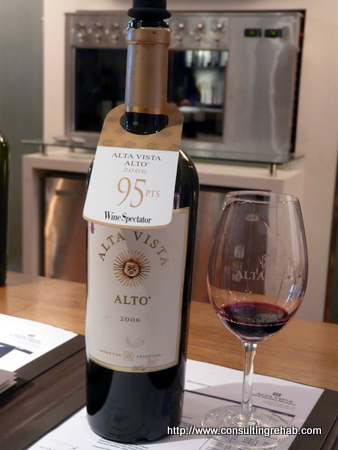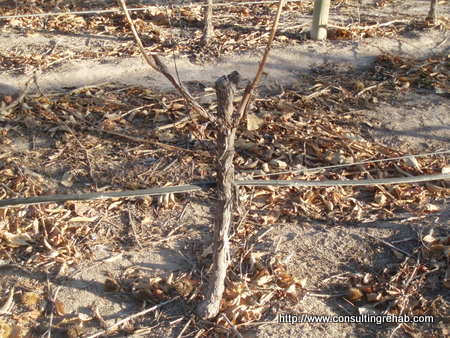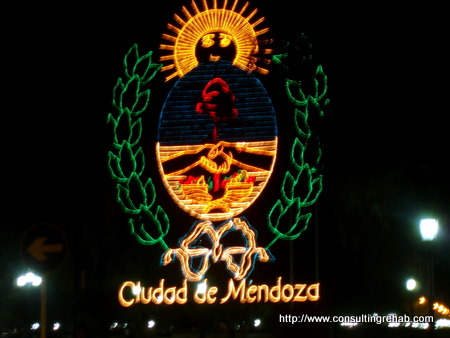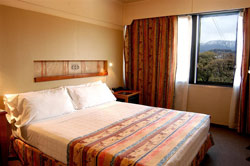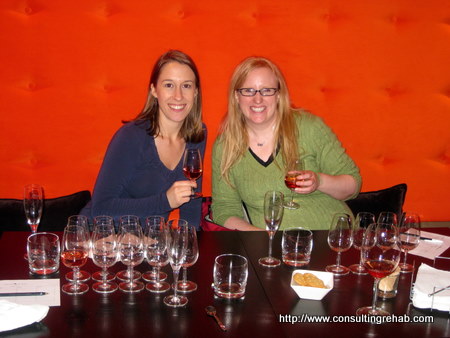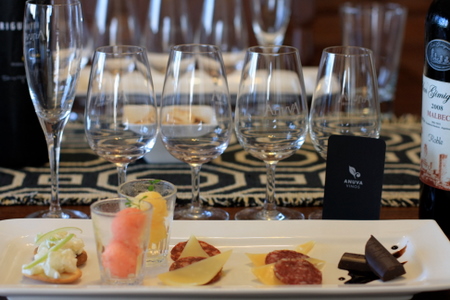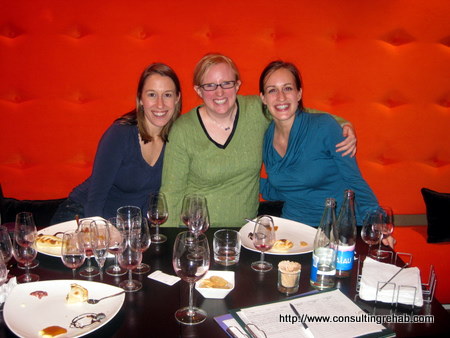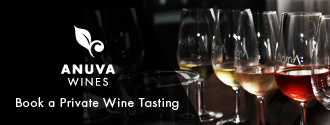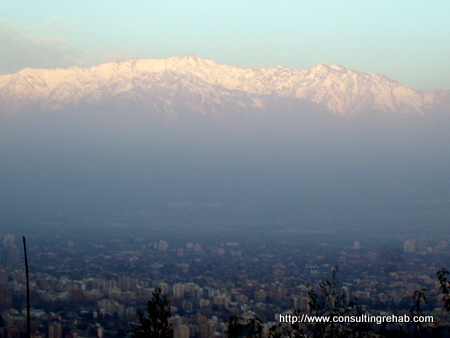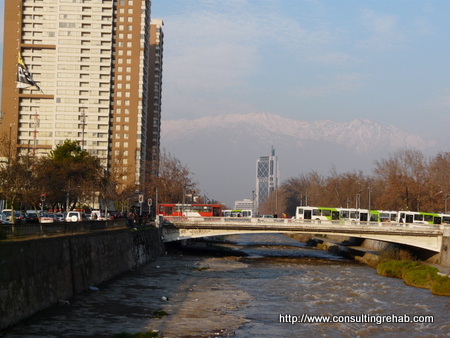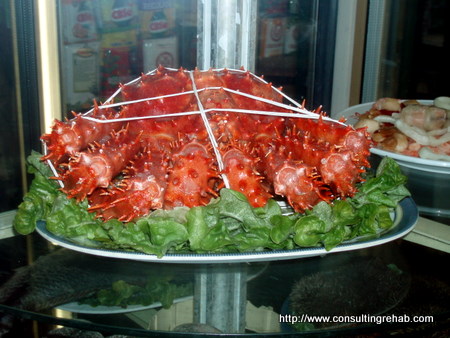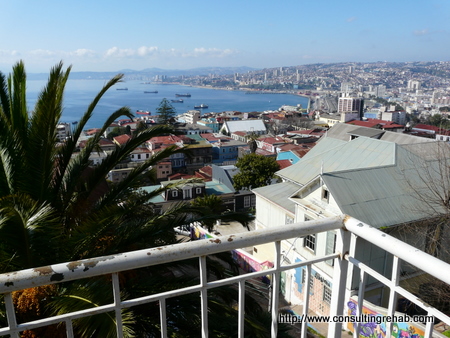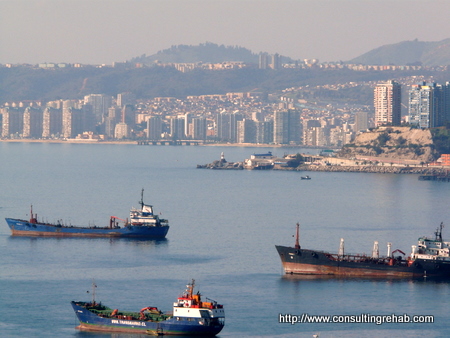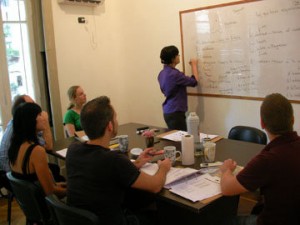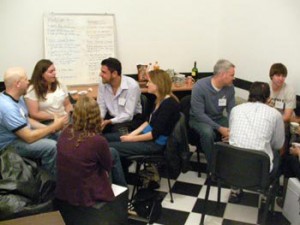In our last post on learning Spanish, we covered the resources that are best used when studying in-country: group classes, private lessons and language exchange. This one focuses on all of the other tools that we tried – stuff like workbooks, computer programs and good ole flashcards. Here’s what we think:
COMPUTER PROGRAMS (we used Fluenz Spanish)
What it is: An interactive computer program with multiple levels to teach you the language. The two biggest that we came across are Rosetta Stone, which uses a method similar to how a child learns to speak – showing pictures and offering creative exercises to help you build a vocab and a more intuitive understanding of how to use the language (even though you may not know why as it doesn’t explain anything) and Fluenz Spanish, which functions more similarly to a class that incorporates dialogues, matching and other exercises. Both cost ~US$600 for levels 1-5. After reading lots of reviews, playing with demos and talking to people who have used them both we decided to go with Fluenz Spanish for the more diverse teaching approach and our desire to understand why, not just what. We’re very pleased with our decision.

Meet Sonia, our online Spanish teacher
Pros: The content is designed around modern travel needs–e.g., you’ll learn how to ask about buying a cellphone SIM card and getting airline tickets rather than random stuff about dogs and trees–this makes it immediately useful for a traveler. They do a great job of introducing new concepts in a 5-10 minute lecture environment and then giving you a set of exercises that drill it into you in a way that makes it very difficult to forget. At times the ‘work-outs’ feel tedious, but the repetition really helps you to retain. We found the explanations to be extremely helpful rather than the Rosetta Stone approach which never explains anything (using the philosophy that it’s better to learn a new language like you learned your first language–in a state of constant confusion). We preferred to use what we’ve learned about communication and grammar overall to accelerate our Spanish learning rather than starting from scratch, though there are pros and cons to this approach and it’s likely not right for everyone.
Cons: Relatively expensive, and it’s only going to teach you what they’ve already programmed in – not customized (not a critique of Fluenz, just a limitation of software vs. a live teacher). Also, uses a neutral Spanish so won’t teach you country-specific vocab or grammatical constructs (e.g., use of “vos” instead of “tu” in Argentina). Some might call this last one a “pro” . . . Also, even if you go all the way through the end of level 5, you’ll be able to get by while traveling in a Spanish speaking country, but you definitely won’t be fluent; Even in level 5, you still won’t have encountered the subjunctive and the subjunctive is a bitch.
The verdict: We chose Fluenz because of its focus on teaching you useful, immediately applicable Spanish. The lessons are extremely thorough, and you start learning things you can use when visiting/living in Spanish-speaking countries immediately (e.g., how to order at a cafe, how to take a cab, etc.). Each lesson is based on a dialog in one of these situations, which you then review in detail (pretty much word by word) with the program host, Sonia. Then you go through various matching, listening, reading and writing exercises to practice both new words and new grammatical structures that were introduced. We found this method extremely useful for understanding structures inside and out. The explanations are thorough and detailed, and once we’d seen something used in our Fluenz lesson, we were immediately able to incorporate it into our speaking. There’s definitely some overlap between the role played by Fluenz and that of taking lessons (group or private), but we thought this was a good way to supplement and reinforce what we were learning in class. Highly recommended.
AUDIO TAPES/MP3s
What it is: Tapes or audio files that teach lessons using a methodology similar to that of computer programs. The one we used was “Learning Spanish Like Crazy“, which costs ~US$100 for the digital file version. They are comprised of different lessons that introduce new words and grammatical structures, and use a lot of repeating words and phrases to teach.
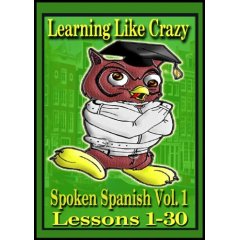
Yeah, he looks gangster, but the owl's actually a decent Spanish teacher
Pros: Great way to get exposure during downtime when you couldn’t otherwise study – walking, driving, on the bus (although your seatmates might give you strange looks if you’re following the “repeat after me” instructions).
Cons: Most tapes are limited to certain situations – better for giving you some basic functionality than really teaching you to speak fluently.
The verdict: These are good for practicing pronunciation and getting used to hearing and understanding native speakers of the language (especially if you’re in a non-Spanish speaking country) but don’t come close to interacting with people in Spanish (e.g., through group class or private lesson). Since they’re audio only, they obviously aren’t going to help you read and write, but they can be good for learning how to have basic conversations.
MOBILE DICTIONARY
What it is: A dictionary app you can download to your mobile device. We used Ultralingua ($20 in itunes app store), which included a regular dictionary as well as a verb conjugation tool that would give you the conjugation of any verb for every tense.
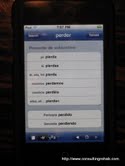
Yeah, you've got to memorize all 500 conjugations of every single verb eventually, but until then . . .
Pros: Very quick way to find a word – good for use in class, when talking to people, etc. The verb conjugation tool is AWESOME!!!!.
Cons: Uses neutral Spanish so won’t have some words or may give you a word they don’t use in the country you’re in. Conjugation tool doesn’t have “vos” so you’re on your own for that one.
The verdict: This was a fabulous find and a very useful tool for us – from when we first got here and needed to decipher menus at restaurants to later on reading the newspaper in cafes and trying to understand real-time what our teachers said in class when they used a new word. The verb conjugation tool was invaluable, especially when it feels like you’re learning a new tense every week and it’s hard to keep them straight. It also included common phrases using each word, which, while not as thorough as those in our paper dictionary, were still very useful.
FLASHCARDS
What it is: Old-school index cards or the new-school computer version. We used one called Anki – allows you to enter values for both sides of the card and then varies how often it shows each card to you based on the difficulty rating you give it). Anki can be downloaded free, along with whatever flashcard sets other users have shared online – we didn’t find a great set of pre-made cards online so ended up making our own.

You can choose how many cards to review in a session and it will keep showing you the ones you mess up until you get them right (or lie about it)
Pros: Helpful for memorizing new vocabulary (depending on your learning style). Paper cards allow you to practice during downtime (commuting, standing in line, etc.).
Cons: Takes a long time to make the flashcards before you can even start using them (both with Anki and with paper cards). When you’re studying intensively and being introduced to lots of new words each day, it’s hard to keep up with flashcards, even just for your short-list of most useful words.
The verdict: We used these more when we first started studying but found that the amount of time it took to make the new cards, and then to run through all of them, wasn’t worth the effort (took us longer to make Anki cards than traditional index cards). Once in a while, when we had to learn a new set of vocab for a specific subject for discussion in class, we’d make and study flashcards but generally found the time could be better spent on other study methods.
WORKBOOKS
What it is: Kinda like being back in high school – they walk you through a lesson that teaches a concept/grammatical construct/verb tense and then give you exercises (with answers in the back!) to practice using them. We used the “Practice Makes Perfect” series by Dorothy Richmond ($12-13 each) – we have “Spanish Verb Tenses”, “Spanish Pronouns and Prepositions” and “Complete Spanish Grammar” (think this last one is more or less a condensed version of the first two). Based on the examples/sentences in the book, this series seems to be targeted toward US college students – lots of exercise questions about dorms and the cafeteria.
Pros: Very useful for English explanation of Spanish grammatical constructs – most intensive Spanish classes are taught completely in Spanish, and sometimes it’s just nice to be able to have stuff explained in English . . . especially if it’s something that doesn’t exist in English (subjunctive, I’m talking about you). Useful to practice using each new construct in the exercises.
Cons: Relies a fair amount on translation, which our Spanish teachers here HATE. The idea is that if you’re always translating everything, you’re never going to speak very fluidly – apparently this method (relying on translation) is very contentious in the language-teaching world.
The verdict: We thought these were a great supplement to our classes. For Ryan, they were good for reviewing the difference between direct and indirect object pronouns (annoyingly similar) and for me, it was really helpful to have someone explain to me in English when to use the imperfect vs. the indefinite past tense.
CONSUMING SPANISH MEDIA
What it is: I know, that sounds really consultant-y. Basically, just reading stuff (the newspaper, magazines, books, whatever really) and watching TV/news/movies in Spanish. There are numerous books written for Spanish-speaking students in school to study grammar/comprehension (remember SAT prep?) that are also good for Spanish language learners.
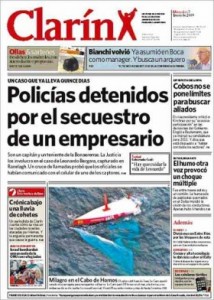
This one's fun - it's the opposition paper so always has lots of lovely things to say about Cristina (la presidenta)
Pros: Great for getting more exposure to the language in a non-controlled environment (e.g., class). Good for learning new vocab. Can be a confidence boost (if you understand).
Cons: On the other hand, can be a real downer if you don’t understand what you’re reading/hearing.
The verdict: We found mixing some reading in was great for us – one of my favorites is reading the local paper in a cafe. When I first started, I felt like I had to look up every 5th word, but after a while I was able to understand much more and had learned a lot of new vocab. I also gained a better understanding of more complex sentence structures that they weren’t teaching in class. On the other hand, we don’t feel like we get a lot out of watching TV and movies. We’d get bits and pieces but generally struggled to understand. This would have been a lot more useful if we’d had Spanish subtitles in addition to the speaking . . . but couldn’t get the closed-captioning to work on our TV.
POST-IT NOTE LABELS
What it is: Sticking a Post-It note on everything in your house marked with the Spanish word for the object.
Pros: Good for learning vocab of stuff in your house.
Cons: Only good for learning vocab of stuff in your house . . . and you have yellow notes everywhere you look.
The verdict: Fine for a week or so, but then (1) hopefully you’ve memorized the vocab and (2) the Post-Its get really irritating.
WRITING STUFF IN SPANISH
What it is: Pretty self-explanatory – some examples are keeping a daily journal, writing a story, noting down the random sentences that run through your head.
Pros: Good for incorporating new vocab, practicing using various grammatical constructs. Also really helpful for clarifying questions about how something works – I often found it was easiest to communicate my question by illustrating it and highlighting the area I was uncertain about – e.g., writing down a sentence three different ways (desde, desde hace, hace).
Cons: Need a teacher/tutor to correct them for you and explain what’s correct and why. Can feel tedious and requires a fair amount of self-discipline to do regularly.
The verdict: This was great for getting the most out of class and making sure we were understanding things clearly. It was also good practice to use the stuff we were learning in class and incorporate into our vocab.
So, that’s the scoop on what we used. Of all the different resources that we tried, our top 5 are:
- Group classes (beginner stage)
- Private tutor (intermediate to advanced)
- Ultralingua
- Fluenz
- Workbooks
Any other good tips/tools out there? Let us know, and enjoy your adventure of learning Spanish!!!
